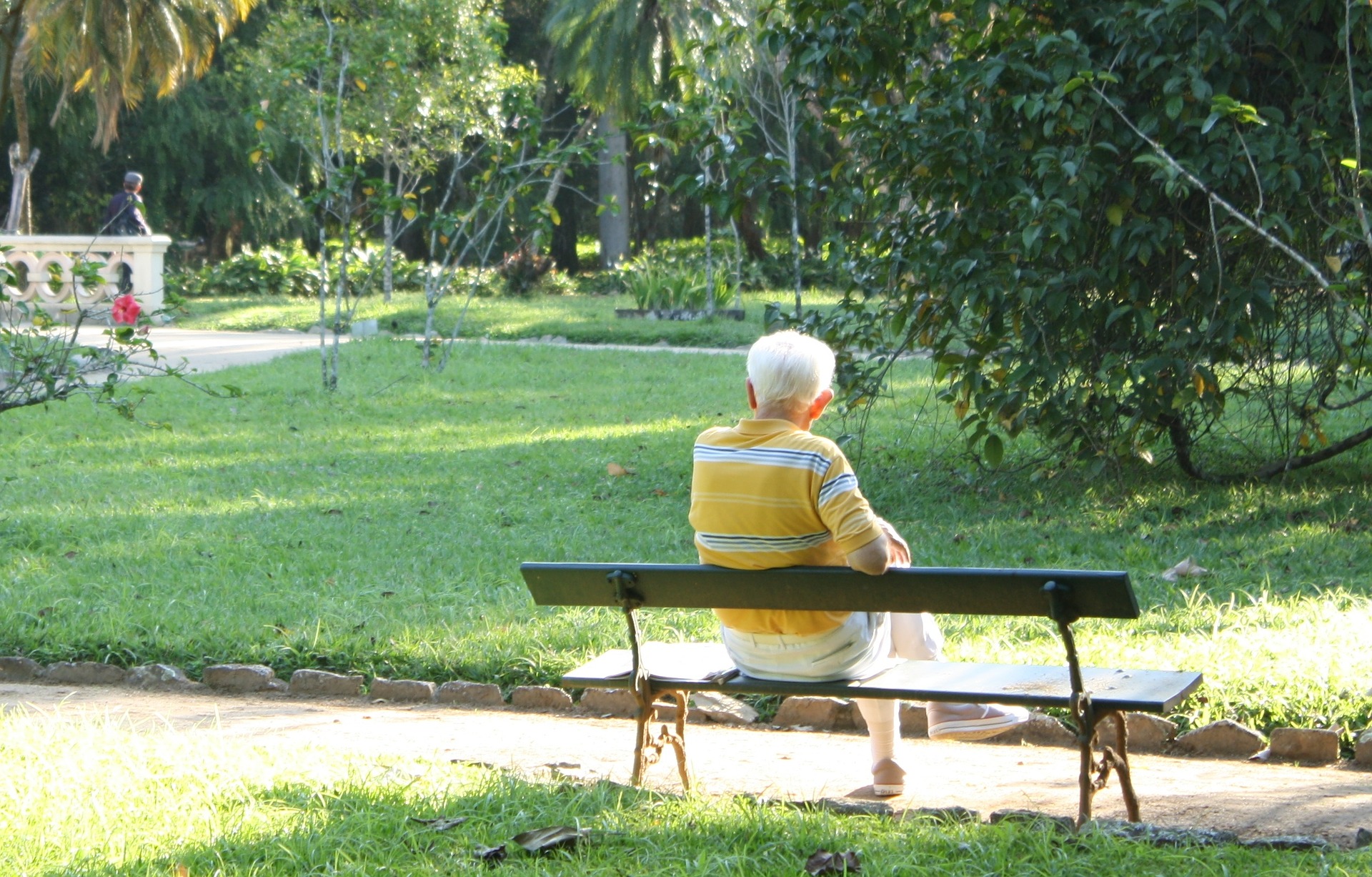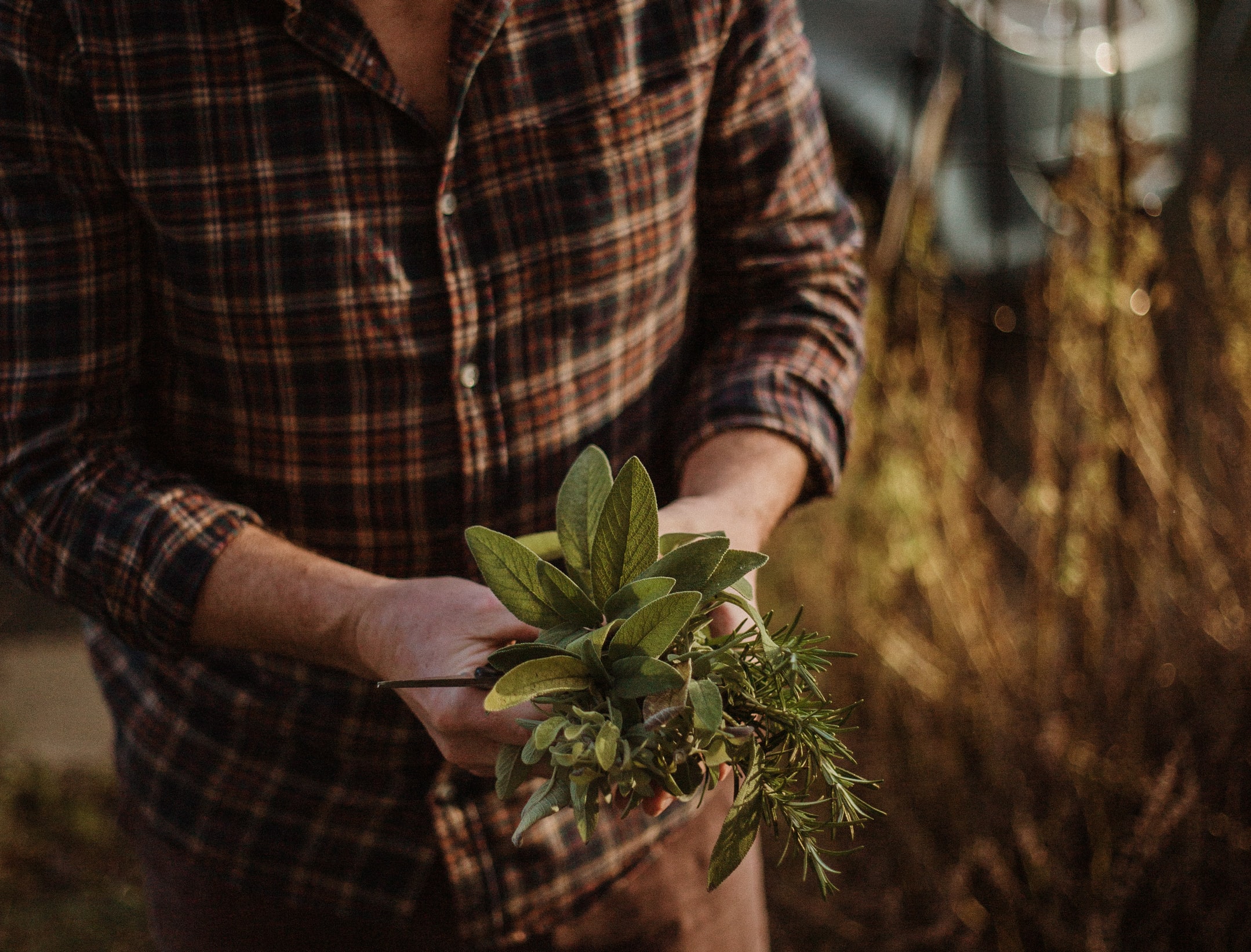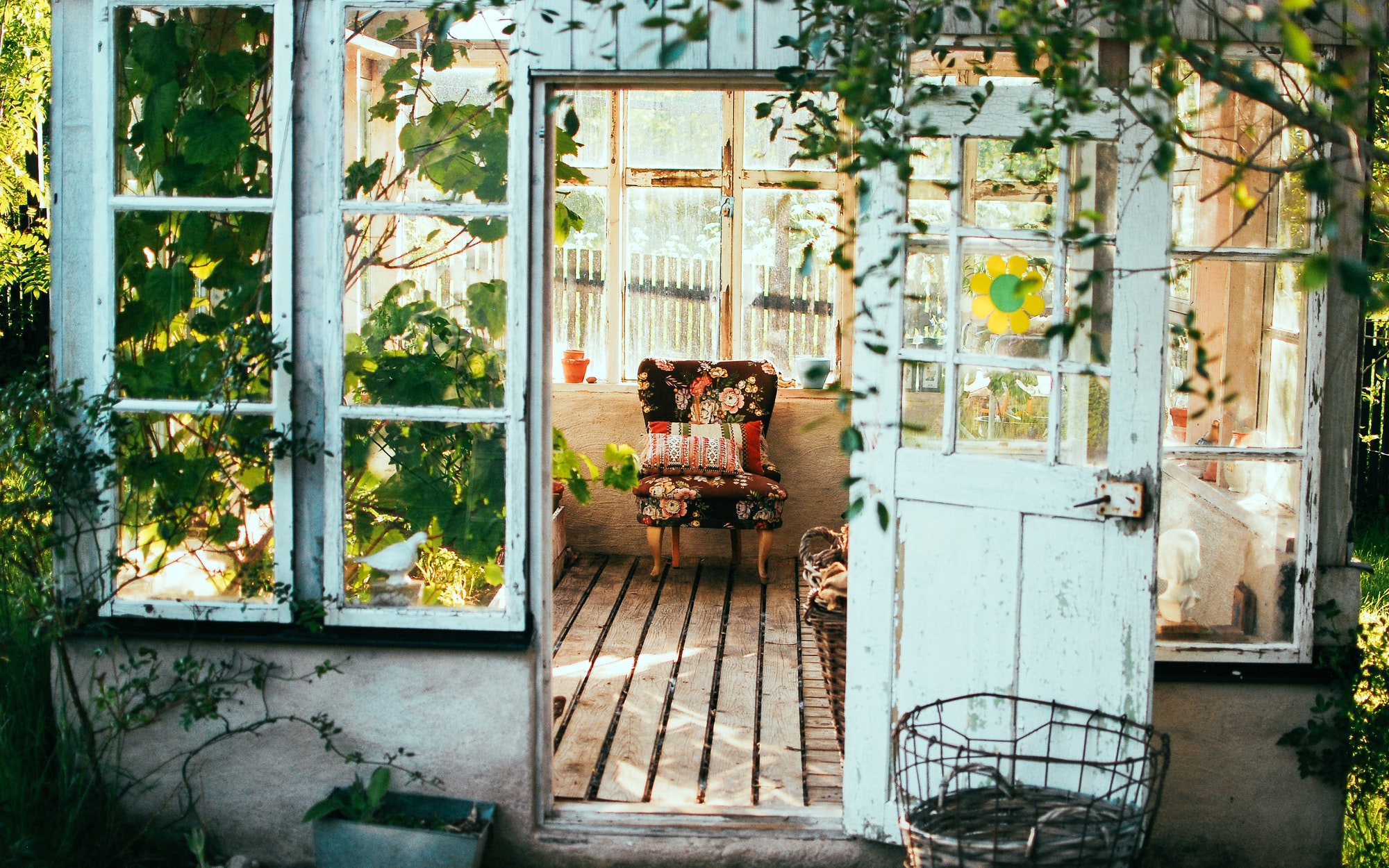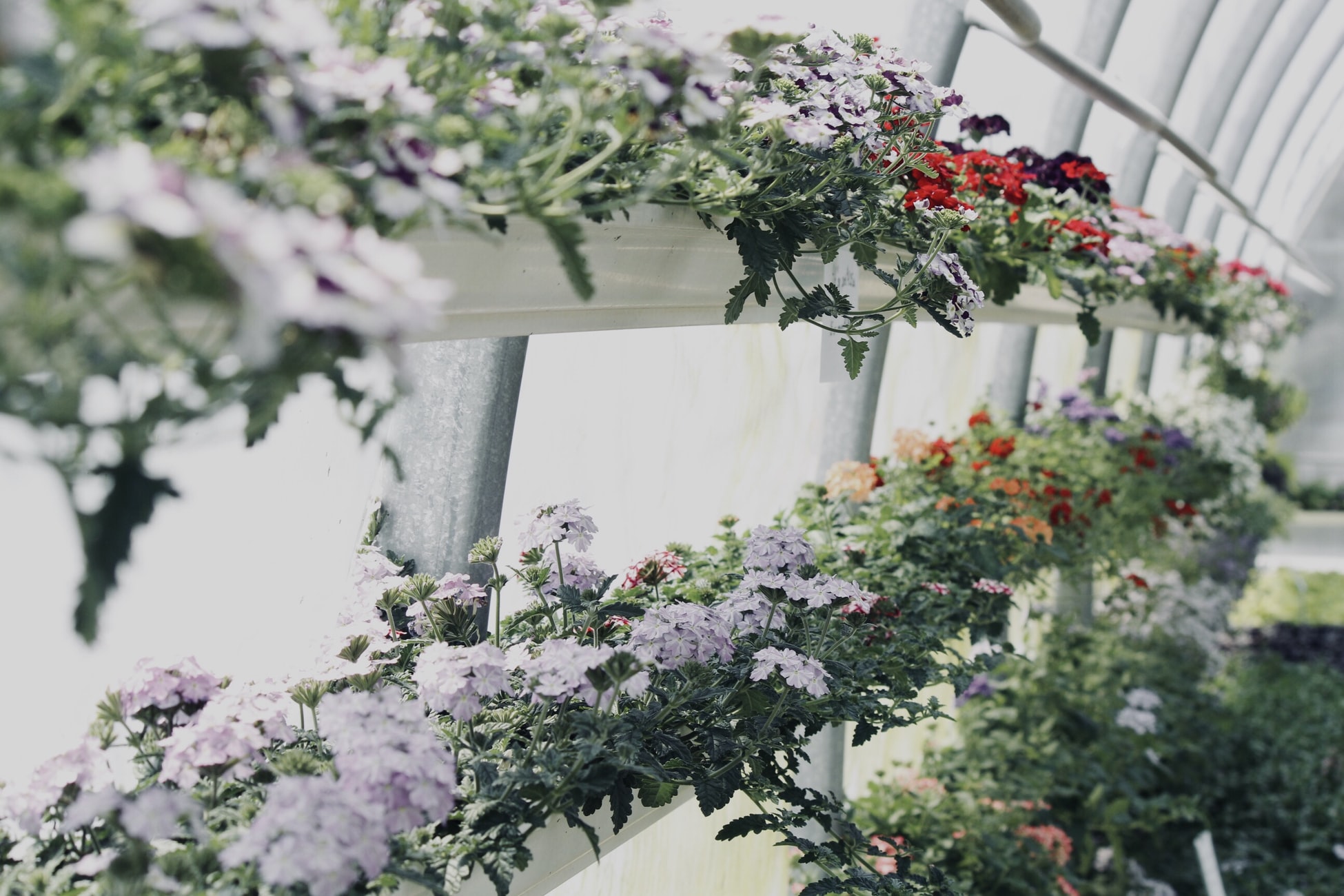Gardens are so important for people’s wellbeing as well as for the planet, says Robyn Taylor, as she looks at how to create unique and inviting spaces in your garden that appeal to all the senses…
Never underestimate the power of nature. Whether sitting outside with a cup of tea listening to the birds, pottering around, or cutting the grass, being out in your garden makes you look at things from a different perspective – everything is simple, yet beautiful, and it can take your mind off the stresses of the world for a precious hour or two.
Does your care home have a garden? I am definitely not a landscape gardener, and I do not know that much about gardening; however, I love to learn from others, and a care home is a great place to start! Being surrounded by elderly people in a care home with a passion for gardening means you can learn as you go along. So take the time to ask residents for tips, reminisce about their favourite flowers and how they think they could improve the outdoor space where they live.

Safety
If you want to make your garden more interesting, the first thing to consider is safety. Make sure there is enough space for people to walk around, and that wheelchair users can access the garden. Are there enough paths? What about benches for resting on, and fences for people to lean on? Look out for uneven ground, trip hazards or weeds encroaching onto the paths. While this takes time, these are tasks that residents can help out with. Maybe you could set up a maintenance rota?
Senses
Think about the senses when creating garden spaces. Plant beautiful flowers in an array of different colours – look at different colour schemes on the internet and speak to a garden centre or gardener about plants that do not need lots of maintenance. Think about the different height levels, textures and shapes – use tall plants and low plants, creeping bedding plants and striking grasses. Make sure there is something for people to see everywhere they look. Mirrors create a feeling of space in smaller gardens and allow beautiful displays to be reflected back.
The more plants and trees that are in your garden, the more wildlife will appear. This has a calming effect on people living with dementia, as they can listen to birdsong, bees buzzing around, beetles rustling in the grass and so on. Buy or make some bird feeders and birdbaths for your garden to attract more birds, and hang some of them outside residents’ windows. You could also buy or make hedgehog dens or insect hotels. Wind chimes are also a lovely thing to have in the garden, and you can get lots of different sized chimes with different sounds.

Plant herbs in the garden, either straight into the ground or in raised beds and pots. It’s great to use them for cooking, and the smell and taste can be a wonderful opportunity for reminiscence.
The garden should also be full of different textures. The leaves and flower textures will differ from the cold soil and wet watering can. And it’s not all about touch with your hands – think about what’s going on underfoot too. You can have different floor surfaces, from grass to patio, and pebbles to decking. It gives a friendly feel when there are different areas to be in.
Think about indoor/outdoor spaces too – little huts or a pagoda for chats and cups of tea will protect people from the elements and provide shade too.

Top Tips for starting a new gardening project
- Speak with residents and the staff about what they want to see in the garden.
- Know your garden. Where does the sun reach the most? Where are the shaded areas? Knowledge will help you plan where you can put certain plants or seating areas.
- Speak to your local garden centres and ask if they can support you with any donations. Sometimes when plants come to the end of the season, they are happy to give them away.
- Start a community project and engage with schools, charities or local businesses who would like to get involved.
- Ask families for support – they may want to be involved physically or they may have tools and equipment you can use.
- Get the residents involved in keeping the garden tidy – cutting the grass, planting the seeds, and even painting the furniture.

Bringing the outdoors inside
If you do not have a garden, you could look at creating an indoor space for nature. Find a lounge or a corridor with plenty of warmth and sunlight, where you can make a feature area. Cover the wall with brick wallpaper, hang hanging baskets and install a few potted herbs and a garden bench or two. Play sounds of gardens – birds tweeting, bees buzzing – and open the windows to let in the light and fresh air. If you have windowsills, display garden books and old tools. Place plant pots around the home and give the residents the task of watering them daily. Research indoor plants too. Some of them are incredibly beautiful with a range of textures and shapes, and many are hardy and easy to look after.





